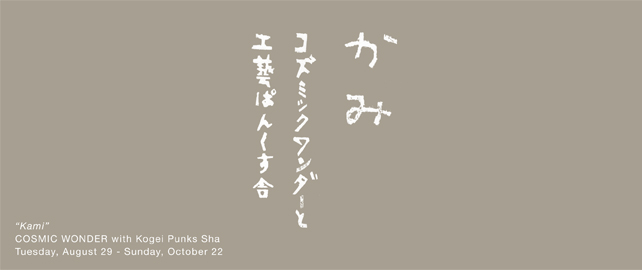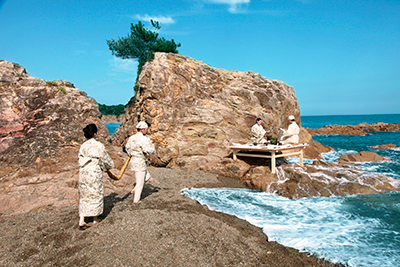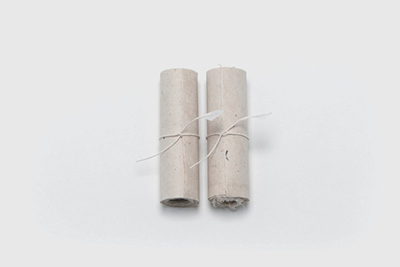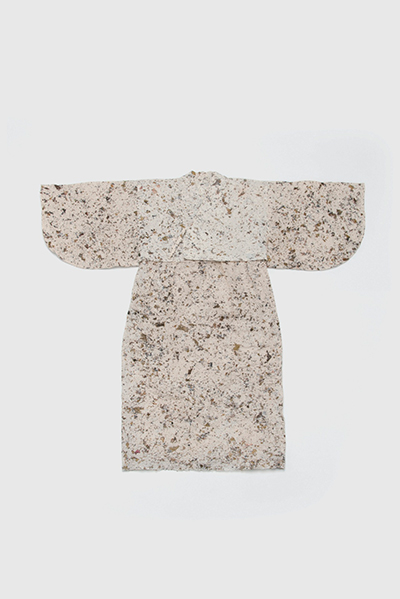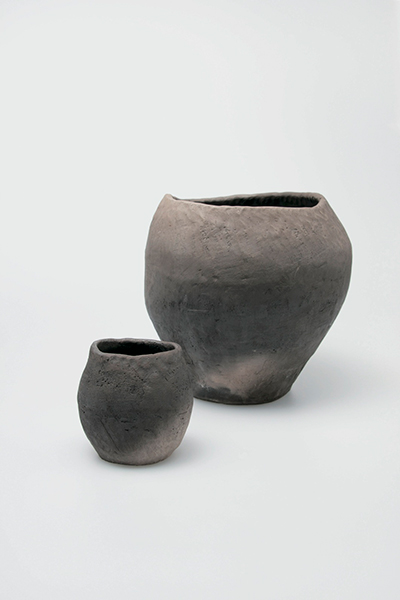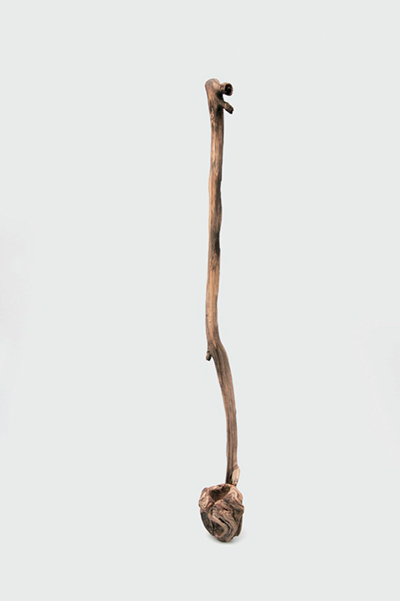The Shiseido Gallery is pleased to announce that from August 29 (Tuesday) to October 22 (Sunday), 2017 it will host the exhibition “Kami” by “Cosmic Wonder” (a conceptual project composed of clothing, artwork and publishing) and “Kogei Punks Sha,” an artistic collaboration between Cosmic Wonder founder and contemporary artist Yukinori Maeda and crafts designer Sumiko Ishii.
The Shiseido Gallery opened its doors in 1919 with the purpose of promoting Shiseido’s corporate mission, “We inspire a life of beauty and culture.” From the very beginning the Gallery took notice of the role that “kogei” (craftworks and craftsmanship) can play in enriching our lives, and these have been featured along with the fine arts in countless Shiseido Gallery exhibitions over the decades. The “Modern Kogei Exhibition,” a series of regular exhibitions between 1975 and 1995 featuring “kogei” artists from various genres, became a central pillar of Shiseido’s exhibition activities, with a stature on par with the Gallery’s “Tsubaki-kai” fine arts exhibitions. The “life/art” exhibition series that ran from 2001 through 2005 carried on with the original objectives of those earlier craft exhibitions, but with a more contemporary approach that aimed to discover “new relationships between life and the arts.” Last year, the Gallery organized “KOGEI to live together,” an exhibition devoted to those kinds of “kogei” works that are there with us, often quite unobtrusively, in our everyday lives. Such activities engaging “kogei” have become representative of Shiseido Gallery.
The theme of this current exhibition is “paper” (kami), a material very close to many people’s daily lives. Specifically, it explores the possibilities of hand-crafted Japanese paper (washi) made using only natural materials. To bring forth the deep appeal of such paper, Kogei Punks Sha has focused on “water,” a substance not only basic to life but also indispensable in making washi. They propose the concept of “omizue” (“water ceremony”), a ritual act inspired by the Japanese tea ceremony and involving the sprinkling of boiled water as an offering of gratitude for the blessings of nature. “Kami” is also a homonym with a Japanese word for “god” or “the divine,” and so the exhibition title carries this meaning as well.
This exhibition features items and craft works prepared for and inspired by the omizue ritual. These include the kamikoromo (paper garments) made by Cosmic Wonder to be worn by the ritual’s host and assistants, earthenware by Naoto Ishii, wooden implements by Masaru Kawai, and washi by Seigi Nishida and Makoto Sasaki. All these were made in the image of the Jomon era, one of the earliest sources of Japanese culture.
This exhibition reconstructs the exhibition “Omizue: Iwamino-kamito-mizu” originally shown last year at the Iwami Art Museum in Shimane prefecture, with the addition of new works created by Karatsu papermaker Takeharu Maeda. Taking cues from the very earliest papermaking techniques, Maeda used hemp fibers as the basic raw material, combined with fibers of hamagō (a fragrant beach plant also used as a medicine) to explore new possibilities in paper. Made from such natural materials and produced using ancient handcrafting techniques, such works take on an ancient feel that refines our five senses and calls to mind the peculiarly Japanese sensibility and deep wisdom of “looking at that which can’t be seen.”
